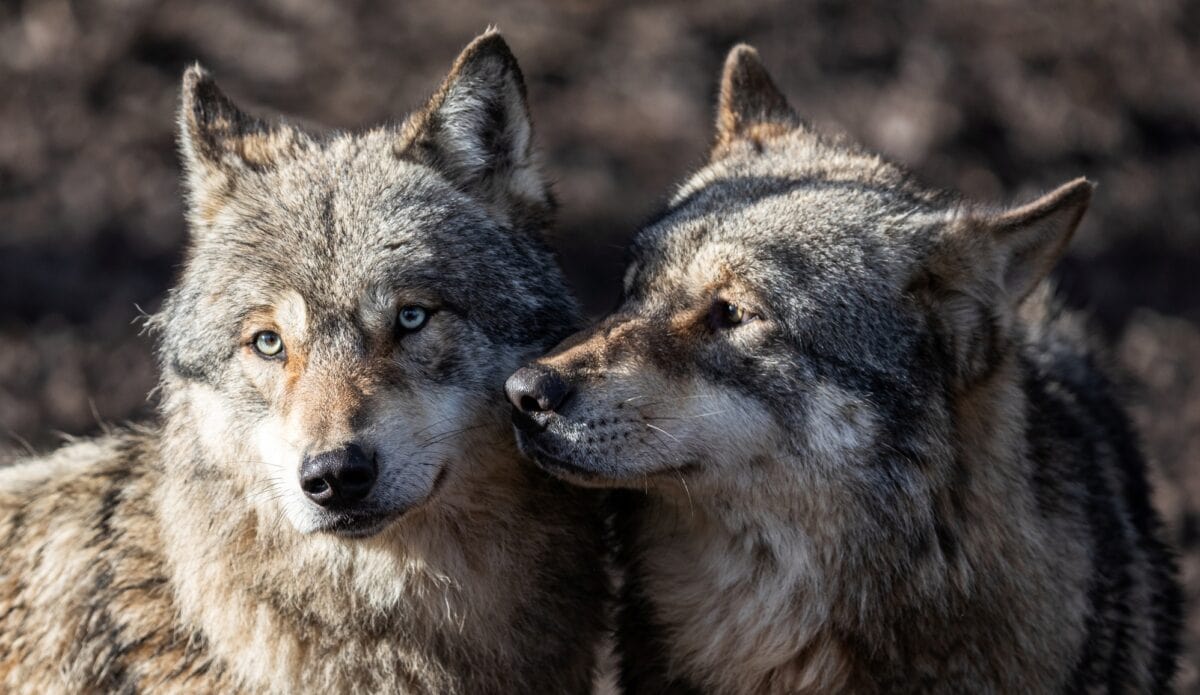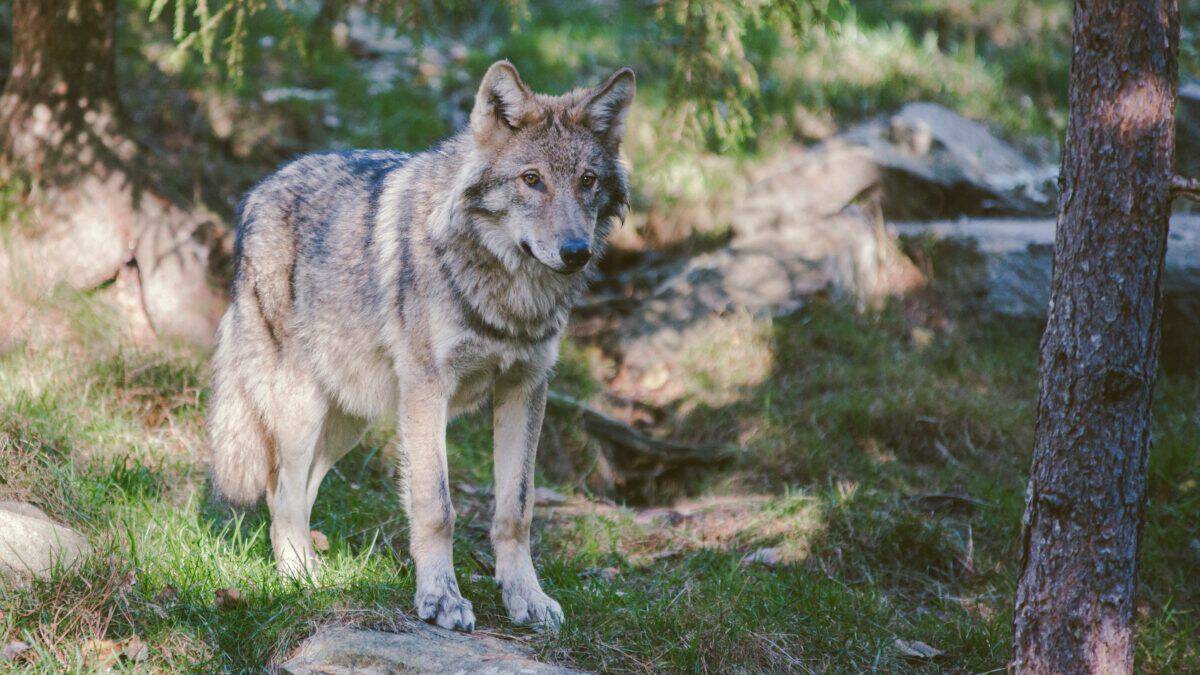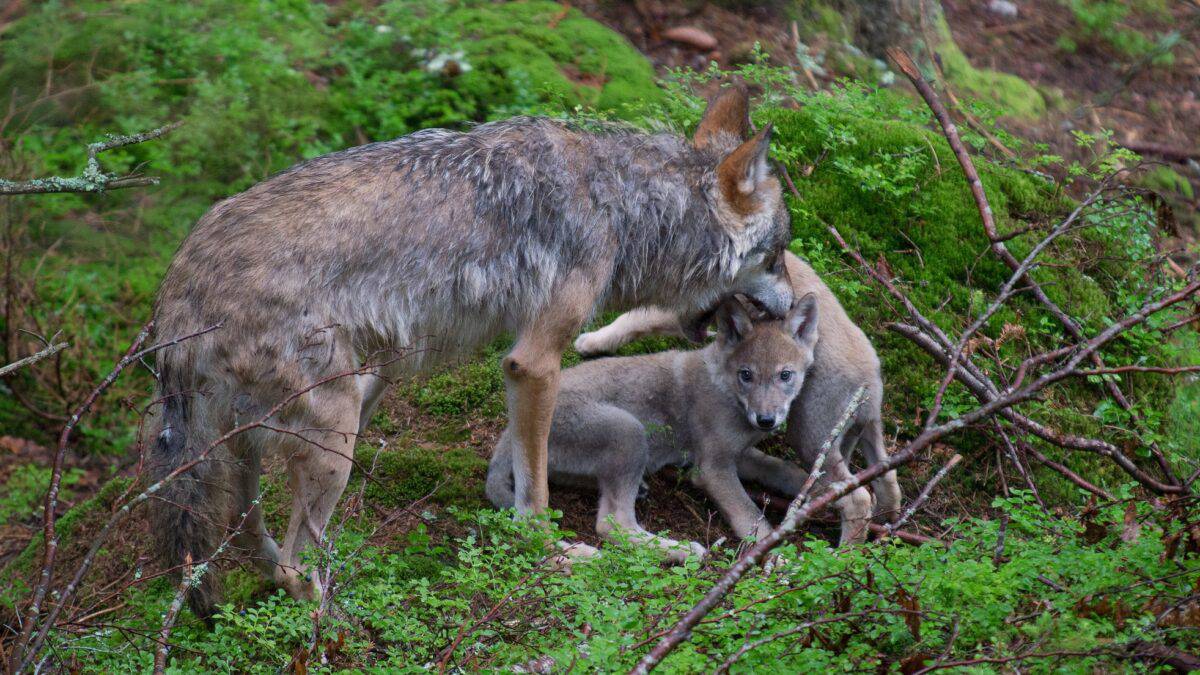The remarkable journey of wolf recovery across North America represents one of conservation’s most compelling stories. Once nearly exterminated from the contiguous United States, gray wolves have staged a remarkable comeback over the past few decades. This resurgence hasn’t been confined to isolated wilderness areas – rather, these intelligent predators are actively crossing state lines, navigating human-dominated landscapes, and establishing new territories far from their release points.
Their boundary-defying movements are reshaping ecosystems, challenging wildlife management policies, and forcing a reconsideration of how we coexist with apex predators in an increasingly fragmented landscape. This article explores the fascinating phenomenon of wolves traversing political boundaries to rebuild their packs and reclaim their ecological niche across America.
The Historical Collapse of Wolf Populations

Before European colonization, an estimated 250,000-500,000 gray wolves roamed North America, inhabiting nearly every ecosystem from the Arctic tundra to the Mexican deserts. However, by the mid-20th century, systematic extermination campaigns driven by livestock protection concerns, bounty programs, and habitat loss had eliminated wolves from over 95% of their historical range in the lower 48 states. By 1960, only small populations remained in northern Minnesota and on Isle Royale in Michigan. This near-extinction event represented one of the most dramatic eliminations of a native species in American history, leaving vast ecosystems without their primary large carnivore and triggering cascading ecological effects across numerous trophic levels.
The Legal Framework for Wolf Recovery

Wolf recovery gained legal backing with the passage of the Endangered Species Act in 1973, which listed gray wolves as endangered throughout most of their former range. This protection prohibited killing wolves and mandated federal recovery efforts. The first official recovery plan, established in 1978, set the stage for wolf reintroduction and natural recovery in strategic regions. However, wolf management has been complicated by multiple delistings, relistings, and legal challenges over the past two decades. Currently, wolves enjoy varied levels of protection depending on geographic location and specific population segments, creating a complex patchwork of management approaches across state lines. This inconsistency in legal protection has significant implications for wolves that cross from protected to unprotected jurisdictions.
The Yellowstone Reintroduction: A Turning Point

The 1995-1996 reintroduction of 31 gray wolves to Yellowstone National Park and central Idaho stands as a watershed moment in North American conservation history. These wolves, captured in Canada and relocated to areas where the species had been absent for decades, established the foundation for recovery throughout the Northern Rockies. The Yellowstone wolves quickly formed packs, reproduced successfully, and began the process of reclaiming their ecological role.
Scientists documented profound ecosystem changes as wolf predation modified elk behavior and abundance, which in turn affected vegetation patterns, beaver populations, and even river morphology. This “trophic cascade” demonstrated wolves’ keystone role and provided compelling evidence for their ecological importance. From these humble beginnings, wolves would eventually disperse hundreds of miles beyond park boundaries.
Natural Recovery in the Great Lakes Region

While the Yellowstone reintroduction garnered significant attention, wolves were simultaneously staging a quieter recovery in the Great Lakes region. Protected wolves in northern Minnesota began expanding their range in the 1970s, gradually recolonizing Wisconsin and Michigan’s Upper Peninsula through natural dispersal. By 2020, the Great Lakes wolf population had grown to approximately 4,400 individuals across the three states.
This recovery happened without active reintroduction, demonstrating wolves’ natural ability to reclaim territory when protected from persecution. The Great Lakes wolves have shown remarkable adaptability, establishing territories in forests with higher human densities than those in the West. Their recovery represents an important contrast to the Yellowstone approach, highlighting multiple pathways to successful wolf conservation.
The Remarkable Journeys of Dispersing Wolves

Young wolves typically leave their natal packs between 1-3 years of age, searching for mates and territory in a process called dispersal. These journeys can be astonishingly long—wolves regularly travel hundreds of miles, with some individuals documented moving over 1,000 miles from their birth locations. The famous “Journey of OR-7” exemplifies this phenomenon. This Oregon-born wolf traveled over 1,200 miles through Oregon and into California in 2011, becoming the first confirmed wolf in California since 1924.
Similarly, wolves from the Northern Rockies have traversed multiple states to reach Colorado, while Great Lakes wolves have dispersed into Missouri, Kentucky, and even New York. These epic journeys demonstrate wolves’ remarkable ability to navigate fragmented landscapes, cross highways, and skirt human settlements in search of suitable habitat and potential mates.
How Wolves Navigate and Select New Territories

Wolf dispersal isn’t random wandering but rather a complex navigation process influenced by multiple factors. Research suggests wolves select travel corridors with forest cover, minimal human development, and natural land features like ridgelines and river valleys. They show remarkable ability to detect and avoid high-risk areas within human-dominated landscapes. GPS collar data reveals that dispersing wolves often travel faster at night, reduce movement during hunting seasons, and occasionally use frozen lakes or river corridors as travel routes.
In selecting new territories, wolves seek adequate prey density (typically deer or elk), some forest cover for denning, limited human disturbance, and most importantly, the absence of other established wolf packs. The availability of potential mates also strongly influences settlement patterns, with lone dispersers often settling in areas where they encounter unrelated wolves of the opposite sex.
Genetics and Pack Formation Across Boundaries

As wolves cross state lines and political boundaries, they create complex genetic exchange networks crucial for the species’ long-term viability. Genetic studies track how wolf DNA flows between previously isolated populations, reducing inbreeding risks and increasing genetic diversity. For example, researchers have documented wolves from the Northern Rockies breeding with wolves from Canadian populations, and Great Lakes wolves occasionally interbreeding with Eastern Canadian wolves.
When unrelated dispersers meet in new territory, they typically form a breeding pair—the foundation of a new pack. These pioneer pairs establish territories, produce pups, and gradually build multi-generational family units. Most established wolf packs consist of a breeding pair, their offspring from multiple years, and occasionally unrelated adoptees. This family structure creates intricate social dynamics that influence hunting success, territory defense, and pup survival across newly established territories.
The Colorado Gray Wolf Reintroduction Case Study

Colorado provides a fascinating case study in cross-boundary wolf dynamics. Despite occasional wolves naturally dispersing into Colorado from Wyoming since the early 2000s, none successfully established breeding packs until recently. In 2019-2020, wildlife officials confirmed Colorado’s first wolf pack in decades in the state’s northwest corner, likely comprised of wolves that crossed from Wyoming. Then in 2020, Colorado voters narrowly approved Proposition 114, mandating state-led wolf reintroduction by December 2023.
This created an unprecedented situation: natural wolf dispersal occurring simultaneously with planned reintroduction. In December 2023, Colorado Parks and Wildlife released the first wolves under this program, even as naturally dispersing wolves continued to enter the state. This situation highlights the complex interplay between natural recovery processes and human-directed reintroduction efforts, raising important questions about how these different wolf populations will interact and integrate.
Challenges at State Boundaries and Management Conflicts

Wolves crossing state lines face a perilous legal gauntlet as protection levels change dramatically at political boundaries. A wolf may be fully protected under federal law in one state but subject to hunting or lethal control upon crossing into another. This inconsistency creates significant management challenges. For instance, wolves dispersing from protected populations in Washington have been legally killed upon entering Idaho, where more liberal hunting regulations apply.
Similarly, wolves have been documented moving between Wyoming, where they can be shot on sight in most of the state, and Colorado, where they receive full protection. These boundary issues have sparked intense controversy, with conservation groups arguing for consistent cross-boundary protections while ranching interests and some state wildlife agencies advocate for local management authority. These conflicts highlight a fundamental challenge in managing highly mobile species within a federalist system where wildlife regulations vary significantly by state.
Impact on Prey Species and Ecosystems

As wolves cross boundaries and establish new territories, they trigger ecological ripple effects throughout the landscapes they inhabit. Studies in the Northern Rockies demonstrate that wolf predation changes elk and deer behavior, reducing browsing pressure in specific high-risk areas and allowing regeneration of aspen, willow, and cottonwood communities. These vegetation changes subsequently benefit beaver populations, songbirds, and numerous other species.
In the Great Lakes region, wolf predation on white-tailed deer may reduce deer-vehicle collisions and limit the spread of chronic wasting disease. Wolves also affect other carnivore species—reducing coyote populations while potentially benefiting foxes, and creating carrion resources that support scavengers like ravens, eagles, and bears. As wolves continue to cross state lines and establish new territories, researchers are documenting these trophic cascades in increasingly diverse ecosystems, from the sagebrush plains of eastern Washington to the high meadows of Colorado’s Rocky Mountains.
Human Conflicts and Coexistence Strategies

When wolves cross into new areas, they inevitably encounter human activities, particularly livestock production, creating potential for conflict. Data shows that wolves typically cause less than 1% of total livestock losses, but these impacts can be significant for individual ranchers. In response, wildlife managers and conservation organizations have developed numerous coexistence strategies. Range riders patrol grazing areas to deter wolves, while guard dogs, fladry (flags on rope fences), and strategic carcass removal reduce attractants.
Some programs compensate ranchers for verified wolf depredations, while others provide incentive payments for successfully coexisting with wolves. In areas newly recolonized by dispersing wolves, these programs must be quickly implemented, often crossing jurisdictional boundaries themselves. The most successful approaches involve collaboration between wildlife agencies, agricultural interests, and conservation groups to develop locally tailored solutions that reduce conflicts while allowing wolves to establish sustainable populations.
Future Prospects for Interstate Wolf Recovery

Looking ahead, wolf recovery across state lines faces both promising opportunities and significant challenges. Climate models suggest many current wolf habitats may become less suitable in coming decades, potentially accelerating dispersal into new regions. Habitat fragmentation from development threatens to sever critical dispersal corridors between established populations. Meanwhile, genetic analysis indicates that for long-term viability, separated wolf populations should maintain connectivity—highlighting the crucial importance of interstate dispersal corridors.
Emerging research on wolf behavior in human-dominated landscapes reveals surprising adaptability, suggesting wolves may establish in areas previously considered unsuitable. Public attitudes also continue evolving, with strong support for wolf recovery in some regions contrasting with persistent opposition in others. The most promising conservation strategies focus on maintaining protected core habitats while facilitating safe passage through human-dominated landscapes, allowing wolves to continue their remarkable journey of recovery across America’s diverse ecosystems.
Conclusion

The story of wolves crossing state lines to rebuild their populations represents one of North America’s most remarkable wildlife recovery narratives. Through both natural dispersal and reintroduction efforts, wolves have demonstrated extraordinary resilience and adaptability, reclaiming territories across political boundaries that meant nothing to their ancestors. Their journeys highlight the limitations of managing wildlife according to political rather than ecological boundaries, challenging conservation practitioners to develop more holistic, landscape-scale approaches.
As wolves continue to disperse into new areas, they bring ecological benefits while also triggering complex social and political responses that reflect deeper societal values. The future of wolf recovery across America will depend not just on the wolves’ remarkable ability to navigate our fragmented landscape, but on our own capacity to navigate the complex human dimensions of coexisting with this iconic predator.
- 7 Steps to Planting Admirably Beautiful Bluebonnets - August 18, 2025
- Why Some Wolves Are Now Fishing in Alaska - August 17, 2025
- 11 Animals That Look Straight Out of a Star Wars Movie - August 14, 2025

